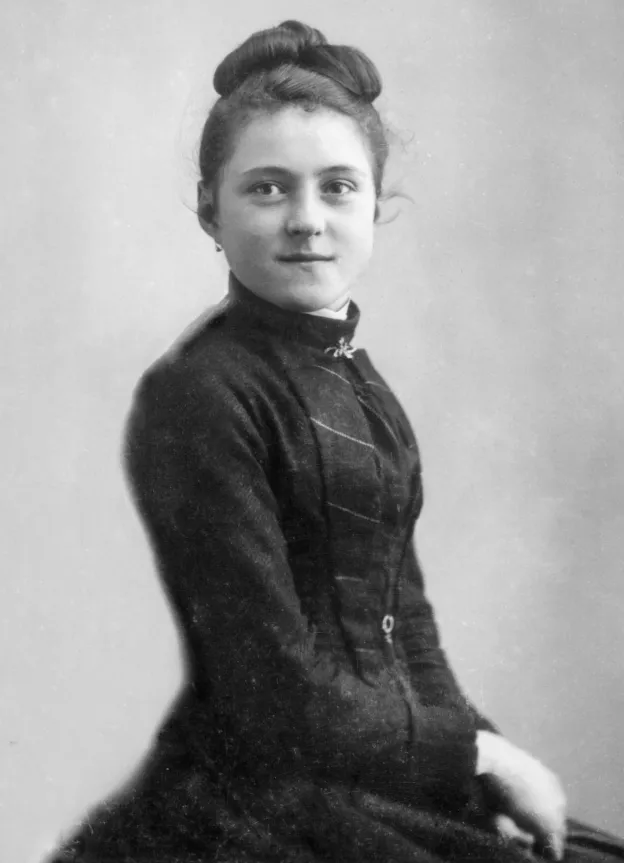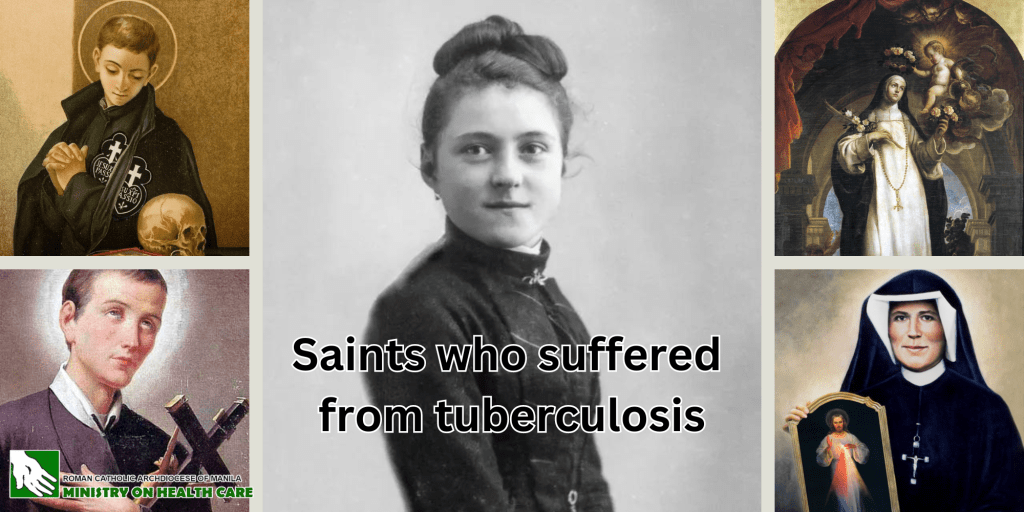
Saint Gabriel of Our Lady of Sorrows
Born in Italy into a large family and baptized Francis, Saint Gabriel lost his mother when he was only four years old. He was educated by the Jesuits and, having been cured twice of serious illnesses, came to believe that God was calling him to the religious life. Young Francis wished to join the Jesuits but was turned down, probably because of his age, not yet 17. Following the death of a sister to cholera, his resolve to enter religious life became even stronger and he was accepted by the Passionists. Upon entering the novitiate he was given the name Gabriel of Our Lady of Sorrows.
Ever popular and cheerful, Gabriel quickly was successful in his effort to be faithful in little things. His spirit of prayer, love for the poor, consideration of the feelings of others, exact observance of the Passionist Rule as well as his bodily penances—always subject to the will of his wise superiors— made a deep impression on everyone.
His superiors had great expectations of Gabriel as he prepared for the priesthood, but after only four years of religious life symptoms of tuberculosis appeared. Ever obedient, he patiently bore the painful effects of the disease and the restrictions it required, seeking no special notice. He died peacefully on February 27, 1862, at age 24, having been an example to both young and old.
Saint Gabriel of Our Lady of Sorrows was canonized in 1920.

Saint Rose of Lima
Isabel Flores de Oliva was born in Lima (Peru), was better known as Rosa, due to her beauty, and was a Tertiary in the Order of Santo Domingo, that is, a woman who dressed in a white tunic and black mantle, leading a life consecrated to God, but in his house.
Throughout his life he sought to imitate the most famous Dominican tertiary, Saint Catherine of Siena, whom he considered his spiritual mother. She devoted herself to prayer, penance and watched over the sick.
Santa Rosa died at the age of 31 from tuberculosis. She was canonized by Pope Clement X in 1671 and became America’s first saint. She is the patron saint of America and the Philippines, and is considered the patron saint of tuberculosis.

Saint Therese of Lisieux
Teresa was the last of five sisters. When she was only five years old, her mother died, and she was raised by her sisters and her father. She entered the convent when she was only 15 years old, leading a simple and holy life, doing everything with love and with a filial trust in God.
The saint promised to strive to practice charity with everyone, especially with those she did not like, she performed small works of charity every day, and made small sacrifices even if some seemed unimportant. These acts helped her to a deep understanding of her vocation.
She died of tuberculosis at the age of 24 and was proclaimed a Doctor of the Church by Saint John Paul II in 1997, the centenary of her death. Thus, she became the third woman to receive this title, after Saint Catherine of Siena and Saint Teresa of Ávila.

Saint Faustina Kowalska
At the age of 15, Faustina began to have concerns about religious life. Her parents opposed her desire to consecrate her life to God, which discouraged her for a while, until, while she was praying, she felt that Jesus was asking her to leave everything and go to Warsaw (Poland) to enter the convent.
Faustina entered the congregation of the Sisters of Our Lady of Mercy, and from 1931, she received a series of messages from Jesus about the devotion to Divine Mercy, which she later wrote in a diary of more than 600 pages to reveal to a world in need of God’s love.
On October 5, 1938, after suffering from tuberculosis, Faustina was called to the Father’s House. In the year 2000, she was canonized by St. John Paul II, who established the second Sunday of Easter as “Divine Mercy Sunday” and the day of her death as her Feast.

Saint Gerard Majella
Genaro lost his father when he was 12 years old, which led his family to poverty and abandonment. He worked as a tailor to support his family, but soon decided that his vocation was consecrated.
He attempted to enter the Capuchin order, but was refused on account of his health. Finally, he was accepted as a lay brother in the Redemptorists serving in his order as sacristan, gardener, porter and tailor, his father’s trade.
Genaro endured the slander of a woman with exemplary meekness and patience, and was recognized among the parishioners for his solid values and upright morals, in addition to his charity and generosity among the most needy.
He died in 1755 at the age of only 29 due to tuberculosis, and is considered the patron saint of pregnant women.


